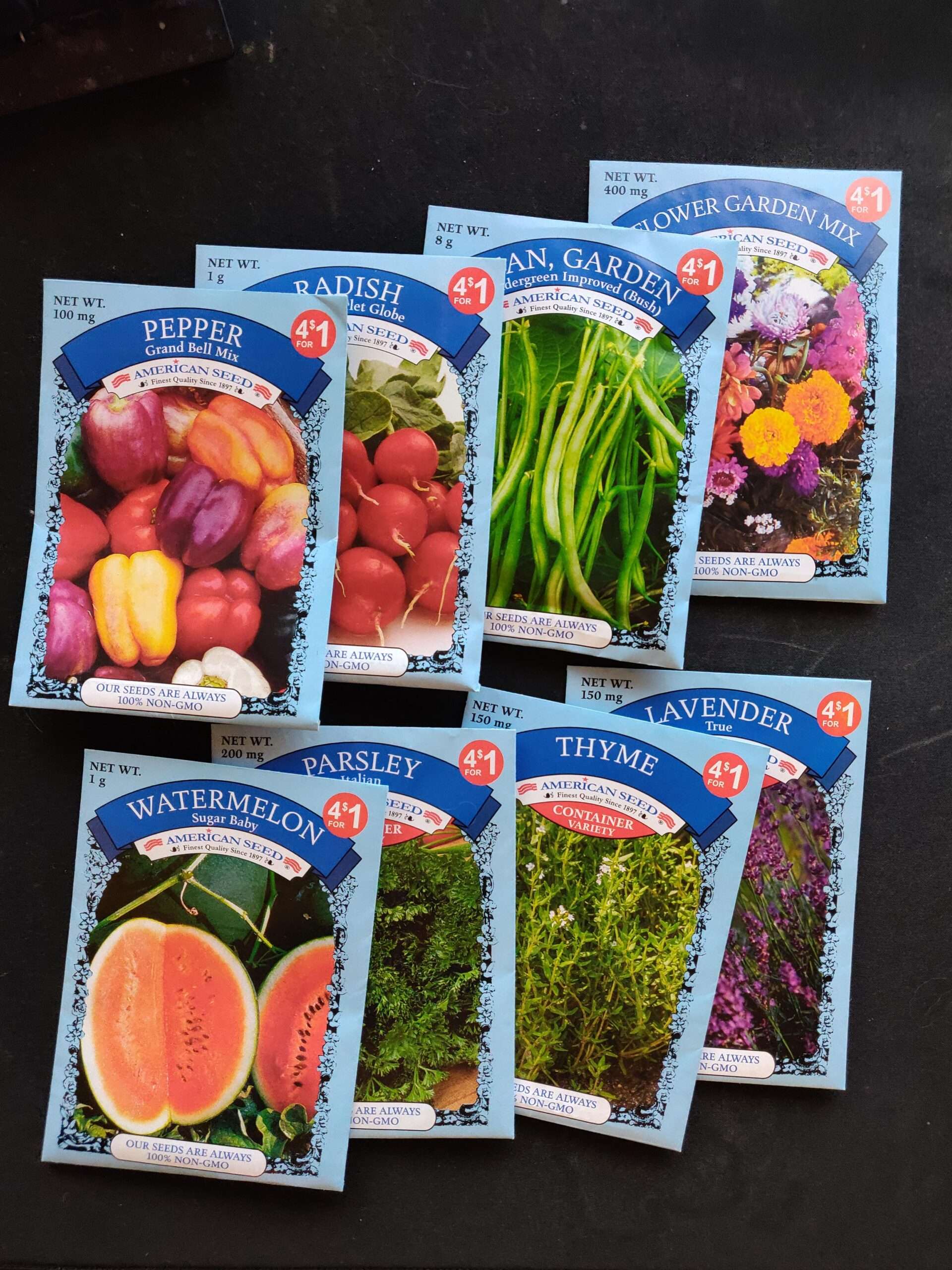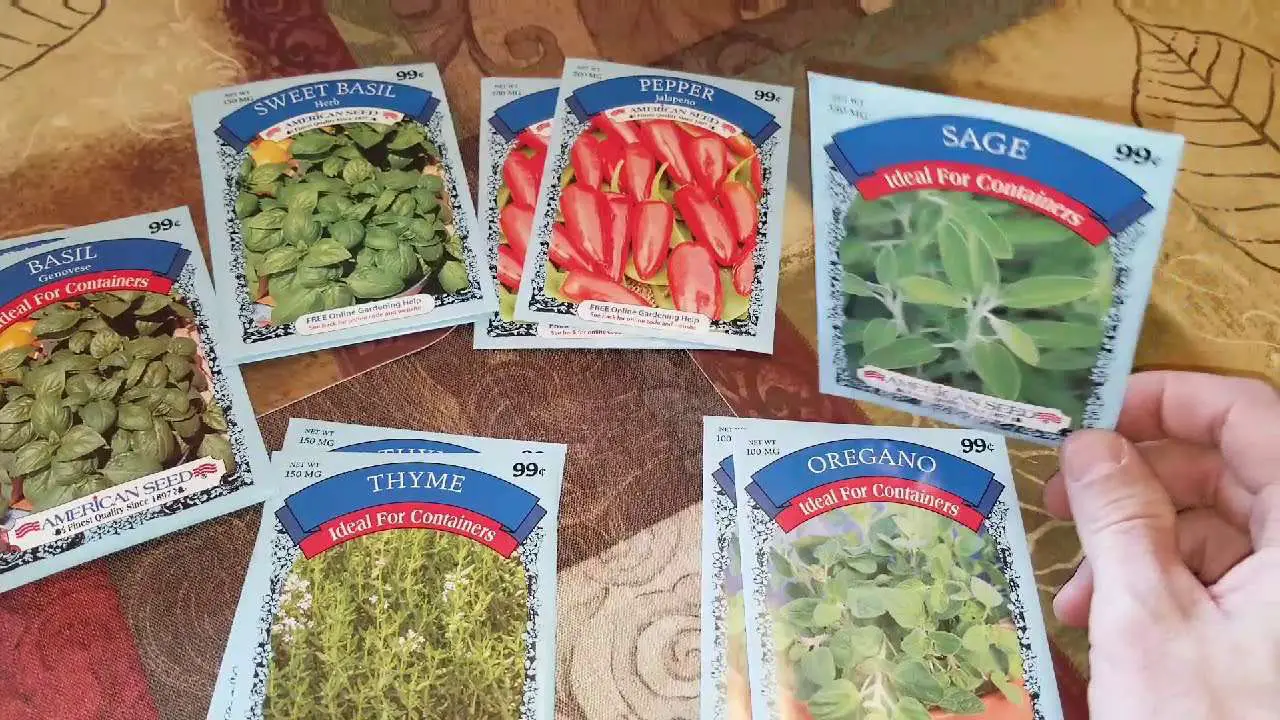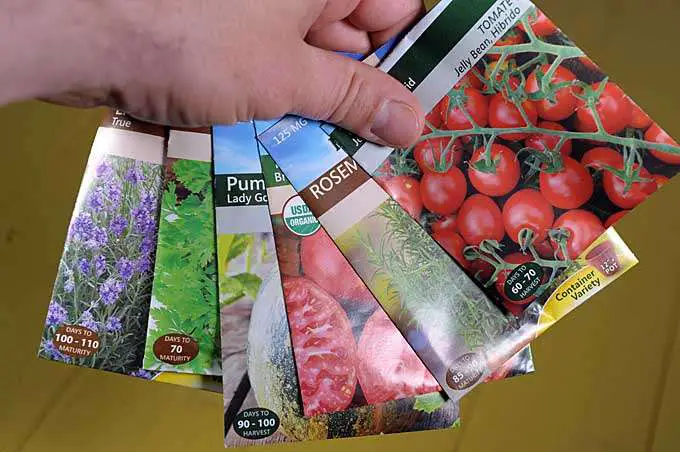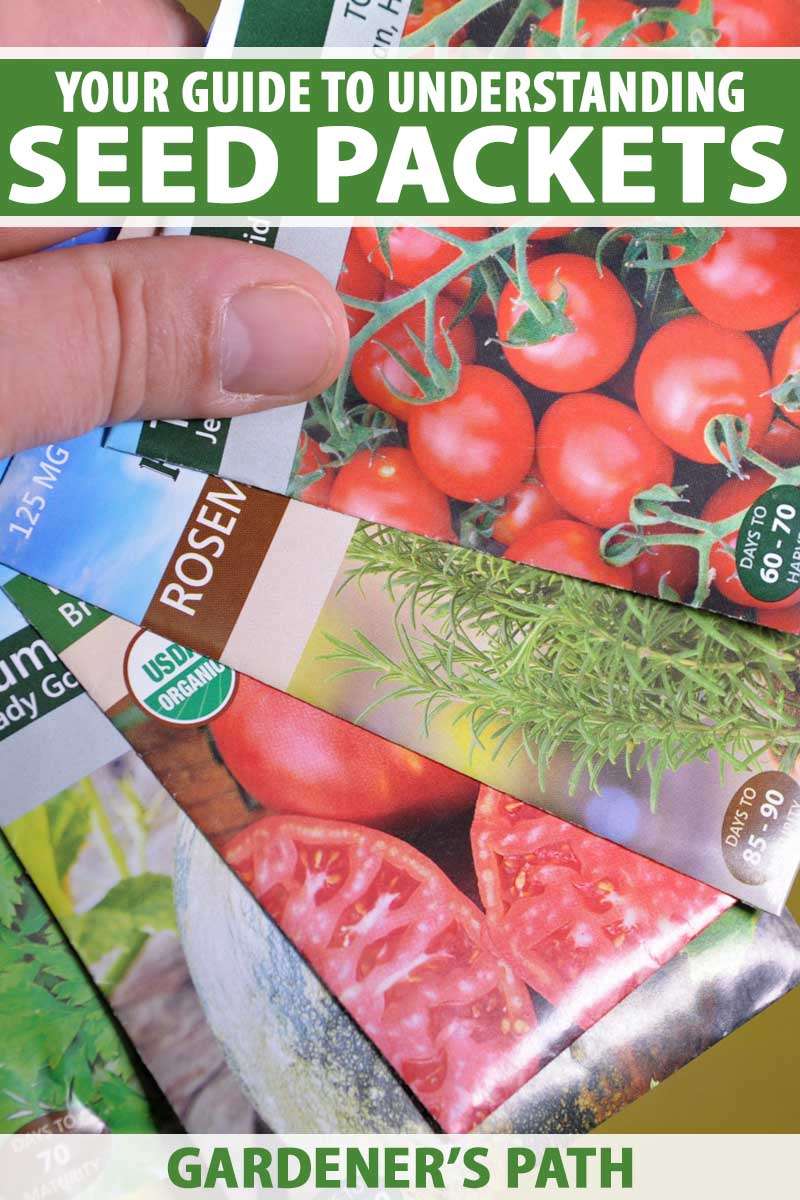If you’re looking to try your hand at gardening or want to experiment with different plants, 25 cent seed packets might just be the perfect option for you. While the quality may not be as high as more expensive options, these affordable packets can still yield high-quality seeds that can thrive in your area. Whether you’re an established homesteader looking to save and control the quality of your crops or a newbie gardener looking to test what grows well in your location, these budget-friendly packets offer a great opportunity for exploration and creativity. Just keep in mind that while they’re great for flowers, they may not be the best choice for growing vegetables or fruits. Additionally, it’s important to note that the germination rate of older seed packets decreases over time, so it’s advisable to perform a quick germination test before planting. So, head to your local dollar store or check out end-of-season sales to snag some 25 cent seed packets and embark on your gardening adventure without breaking the bank.
Introduction to 25 cent seed packets
If you enjoy gardening but don’t want to break the bank, 25 cent seed packets can be a great option for you. These affordable packets offer a variety of plant options, making it easy to experiment with different types of plants in your garden. One of the advantages of these seed packets is that even though they may be old, the seeds can still be viable. Additionally, you’ll find that these packets often contain a generous number of seeds, giving you plenty to work with.
Benefits of using 25 cent seed packets
Testing what grows well in your area
One of the major benefits of using 25 cent seed packets is that they allow you to test which plants grow well in your specific area. Different plants thrive in different climates, and by trying out various types of seeds, you can see which ones are successful in your garden. This can save you time and money in the long run, as you’ll know which plants are most likely to flourish.
High-quality seeds despite lower packet quality
While the quality of the 25 cent seed packets themselves may not be as high as more expensive options, the seeds can still be of great quality. Many seed companies package their best seeds, regardless of the packaging quality. This means that you can still expect a good chance of successful germination and healthy plants, even if the outer packet isn’t visually appealing.
Ideal for flower gardening
Although 25 cent seed packets may not be the best choice for growing fruits or vegetables, they are ideal for flower gardening. Flower seeds are often less expensive and easier to grow, making them a perfect option for those on a budget or just starting out with gardening. 25 cent seed packets offer a wide range of flower options, allowing you to create beautiful, colorful gardens without breaking the bank.
Availability at dollar stores and end-of-season sales
You might be surprised to find that 25 cent seed packets are readily available at dollar stores and during end-of-season sales at garden centers. These sales offer a great opportunity to stock up on seeds at a fraction of the regular price. By taking advantage of these sales, you can ensure that you have a diverse selection of seeds for your future gardening projects.

Types of seeds for gardening
Heirloom seeds for vegetable gardening
For those interested in vegetable gardening, heirloom seeds are highly recommended. Heirloom seeds are open-pollinated and have been passed down through generations, making them reliable and true to their original characteristics. These seeds produce plants that often have more flavor and a wider range of colors and shapes compared to hybrid varieties. They are also popular among homesteaders who value self-sufficiency and maintaining traditional plant varieties.
Orphaned plants as an alternative to seeds
In certain areas, seeds may be expensive or difficult to find. In these situations, orphaned plants can be a great alternative. Orphaned plants are established plants that have been discarded or are no longer wanted by their previous owners. By replanting these orphaned plants, you not only save money on purchasing seeds but also give these plants a new chance at life. It’s a sustainable and cost-effective way to experiment with new plant varieties.
Controlled quality through saving seeds
Many experienced gardeners and homesteaders save seeds from their previous years’ crops to control the quality of their future harvests. By selecting the best plants and saving their seeds, they can ensure that their garden produces consistent and desirable results year after year. This practice allows for personalized customization and ensures that the cultivated plants are adapted to the specific growing conditions of your garden.
Customization and creativity in gardening projects
One of the most exciting aspects of using 25 cent seed packets is the ability to explore a wide range of plant options. These packets offer an extensive variety of plants, allowing you to get creative with your gardening projects. Whether you want to create a vibrant flower garden or experiment with different vegetable varieties, the versatility of these seed packets gives you the freedom to tailor your garden according to your preferences and design ideas.

Considerations for old 25 cent seed packets
Increased seed quantity in old packets
If you come across old 25 cent seed packets, you may find that they contain a greater quantity of seeds compared to newer versions. Seed companies often package new seeds in smaller quantities to maintain affordability. However, older packets may still have a surplus of seeds, giving you more bang for your buck. This extra quantity can be particularly beneficial when you want to try out a larger planting area or experiment with different growing techniques.
Decreased germination rate over time
While old seeds can still grow, it’s important to note that their germination rate tends to decrease over time. This means that not all of the seeds in the packet will sprout and develop into healthy plants. However, the rate of germination varies depending on the type of seed and its age. For better success, it is recommended to opt for fresher seed packets, if available.
Performing germination tests on old seeds
To determine the viability of old seeds, it’s a good idea to perform a germination test before planting them. This simple test involves placing a small number of seeds on a moist paper towel or in a seed starting tray, providing them with the appropriate conditions for germination, such as warmth and moisture, and seeing how many seeds actually sprout. This test gives you an idea of the germination rate and helps you decide whether to use the old seeds or invest in fresh ones.
Viability of old seeds for planting
Although germination rates may be lower for old seeds, it’s worth noting that some seeds have longer viability than others. For example, lettuce and onion seeds typically have a shorter shelf life, while beans and peas have a longer viability period. Always check the seed packet or do some research to determine the expected shelf life of the specific seed you are planning to use. By understanding the viability of different seeds, you can make informed decisions about whether to plant old seeds or purchase new ones.
In conclusion, 25 cent seed packets offer an affordable and convenient option for gardening enthusiasts. They allow you to test what plants thrive in your area, provide high-quality seeds despite the lower packet quality, and are perfect for flower gardening. These packets can be found at dollar stores and end-of-season sales, making them easily accessible. Whether you choose heirloom seeds for vegetable gardening, consider orphaned plants as an alternative, or save seeds for controlled quality, there are plenty of options to explore. Just keep in mind the considerations for old seed packets, such as their increased seed quantity, decreased germination rate over time, and the importance of performing germination tests. With these tips in mind, you can have a successful and cost-effective gardening experience using 25 cent seed packets.





